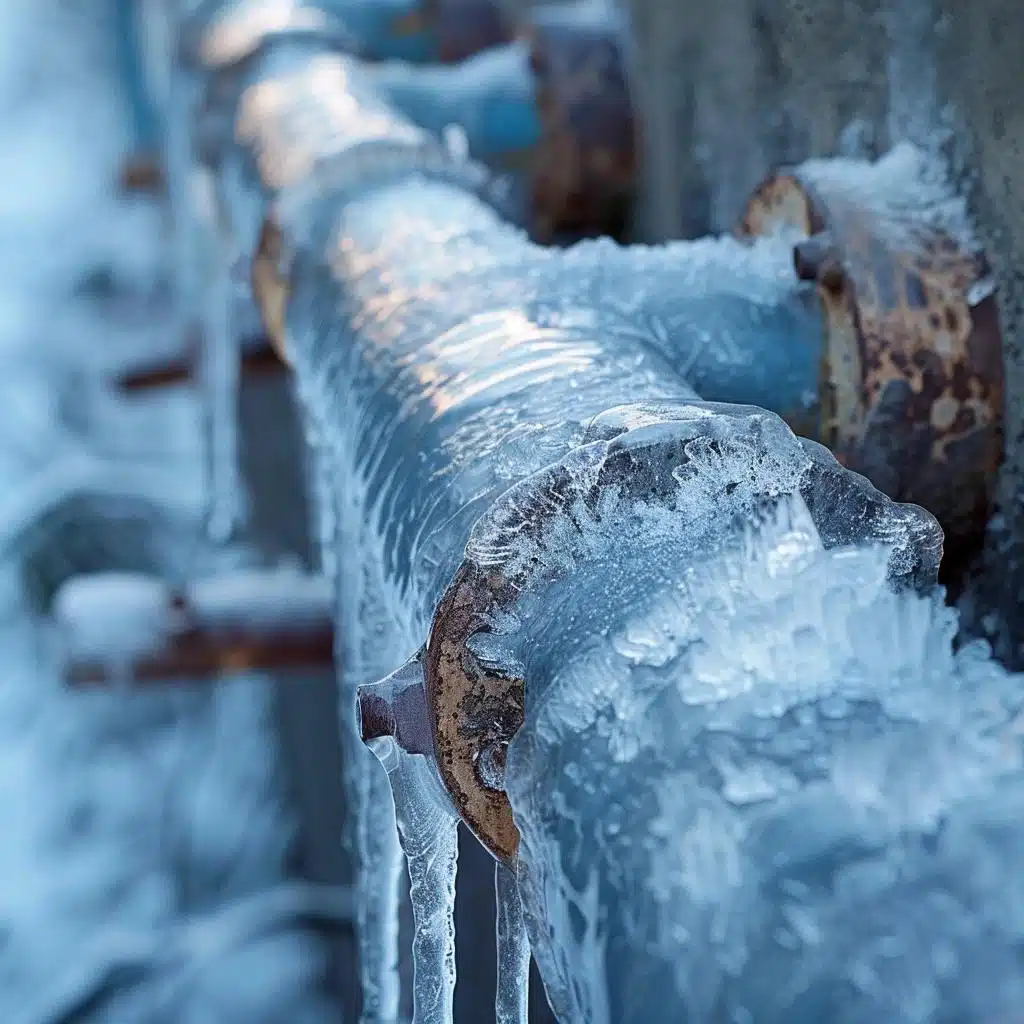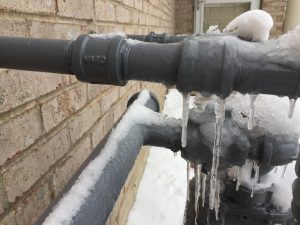Critical Strategies for Preventing Frozen Plumbing in Cold Weather
Critical Strategies for Preventing Frozen Plumbing in Cold Weather
Blog Article
Any individual has got their personal opinion about Prevent Frozen Pipes .

Winter can wreak havoc on your plumbing, especially by freezing pipes. Right here's just how to stop it from happening and what to do if it does.
Introduction
As temperatures drop, the risk of frozen pipes increases, potentially leading to costly repair work and water damage. Understanding just how to stop icy pipes is important for property owners in cold climates.
Avoidance Tips
Protecting susceptible pipelines
Cover pipes in insulation sleeves or make use of warm tape to safeguard them from freezing temperature levels. Concentrate on pipes in unheated or external areas of the home.
Home heating methods
Maintain interior rooms effectively heated, specifically areas with pipes. Open up cupboard doors to permit warm air to distribute around pipelines under sinks.
How to determine icy pipes
Search for lowered water flow from faucets, unusual smells or sounds from pipelines, and visible frost on subjected pipes.
Long-Term Solutions
Architectural changes
Consider rerouting pipes away from outside walls or unheated locations. Include extra insulation to attic rooms, cellars, and crawl spaces.
Upgrading insulation
Invest in high-grade insulation for pipes, attics, and wall surfaces. Correct insulation helps maintain constant temperature levels and lowers the threat of frozen pipes.
Safeguarding Outside Plumbing
Garden hose pipes and outdoor faucets
Disconnect and drain pipes yard pipes before winter. Mount frost-proof spigots or cover outdoor taps with insulated caps.
Understanding Icy Pipes
What causes pipelines to ice up?
Pipes freeze when exposed to temperatures listed below 32 ° F (0 ° C) for prolonged periods. As water inside the pipelines freezes, it broadens, taxing the pipe wall surfaces and possibly causing them to break.
Risks and damages
Icy pipelines can result in water disruptions, building damage, and costly fixings. Burst pipes can flood homes and cause substantial architectural damages.
Indicators of Frozen Piping
Recognizing icy pipelines early can avoid them from rupturing.
What to Do If Your Pipelines Freeze
Immediate actions to take
If you think frozen pipes, keep taps open up to soothe stress as the ice thaws. Make use of a hairdryer or towels taken in hot water to thaw pipes slowly.
Conclusion
Preventing icy pipes requires aggressive procedures and quick feedbacks. By comprehending the causes, indicators, and preventive measures, homeowners can secure their plumbing throughout cold weather.
5 Ways to Prevent Frozen Pipes
Drain Outdoor Faucets and Disconnect Hoses
First, close the shut-off valve that controls the flow of water in the pipe to your outdoor faucet. Then, head outside to disconnect and drain your hose and open the outdoor faucet to allow the water to completely drain out of the line. Turn off the faucet when done. Finally, head back to the shut-off valve and drain the remaining water inside the pipe into a bucket or container. Additionally, if you have a home irrigation system, you should consider hiring an expert to clear the system of water each year.
Insulate Pipes
One of the best and most cost-effective methods for preventing frozen water pipes is to wrap your pipes with insulation. This is especially important for areas in your home that aren’t exposed to heat, such as an attic. We suggest using foam sleeves, which can typically be found at your local hardware store.
Keep Heat Running at 65
Your pipes are located inside your walls, and the temperature there is much colder than the rest of the house. To prevent your pipes from freezing, The Insurance Information Institute suggests that you keep your home heated to at least 65 degrees, even when traveling. You may want to invest in smart devices that can keep an eye on the temperature in your home while you’re away.
Leave Water Dripping
Moving water — even a small trickle — can prevent ice from forming inside your pipes. When freezing temps are imminent, start a drip of water from all faucets that serve exposed pipes. Leaving a few faucets running will also help relieve pressure inside the pipes and help prevent a rupture if the water inside freezes.
Open Cupboard Doors
Warm your kitchen and bathroom pipes by opening cupboards and vanities. You should also leave your interior doors ajar to help warm air circulate evenly throughout your home.

Do you like reading up on 6 Ways to Prevent Frozen Pipes? Place feedback down below. We'd be glad to hear your responses about this page. We hope to see you back again before long. Enjoyed our posting? Please share it. Let others locate it. Thanks for your time invested reading it.
More Details Report this page